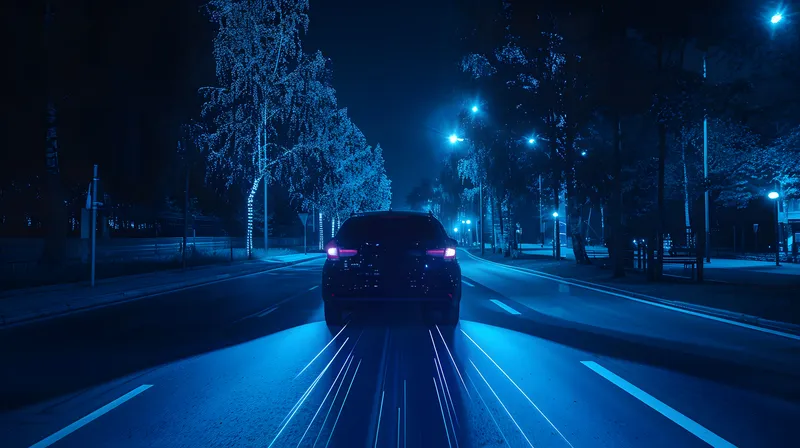
An autonomous shuttle service in the Netherlands has carried its first passengers between Rotterdam The Hague Airport terminal and Meijersplein metro station.
Dam Shuttles is using two of Karsan's electric and autonomous e-Atak buses.
The vehicles are equipped with numerous Lidar sensors and have radar technology at the front, high-resolution image processing through RGB (red, green, blue) cameras and thermal cameras for enhanced environmental safety.
These technologies come together to enable Level 4 autonomous driving, allowing the e-Atak to operate autonomously on a planned route.
Whether day or night, and in all weather conditions, the vehicle can reach speeds of up to 40km/h in autonomous mode.
It performs all the functions of a bus driver autonomously. These include approaching stops along its route, managing passenger boarding and alighting, and handling navigation through intersections, crossings and traffic lights – all without a driver on board.
Project partners include RET (Rotterdamse Elektrische Tram), the city of Rotterdam, RTHA (Rotterdam The Hague Airport), MRDH (Metropolitan Region Rotterdam The Hague), HTM, Applied Autonomy and Adastec.
“With this project at Rotterdam Airport, we have launched the world’s first autonomous airport bus operation,” said Karsan CEO Okan Baş. “This project clearly shows that autonomous mobility is no longer just a vision of the future, but a concrete transportation solution of today.”
Karsan, operating since 2021, offers three next-generation technologies – electric, hydrogen and autonomous.
The e-Atak passed operational and functional safety tests, earning full approval from Rijksdienst voor het Wegverkeer (RDW) - the organisation that handles the type-approval and registration of motorised vehicles and driving licences in the Netherlands.
The e-Atak has officially become Europe’s first RDW-approved full-size SAE Level 4 autonomous bus, said Baş.
“This approval not only reflects the advanced stage of our technology but also demonstrates that we provide solutions meeting international safety standards.”
“The journey to get to this moment sometimes felt like a cat with nine lives,” said Remco Derksen, co-founder and director of Dam Shuttles.
“We strongly believe that this development will improve public transport and we have a strong business case for it.”









